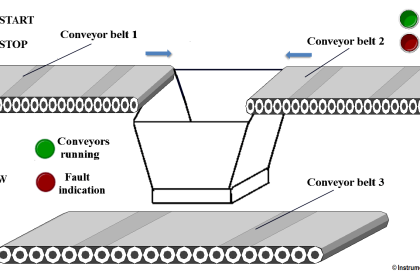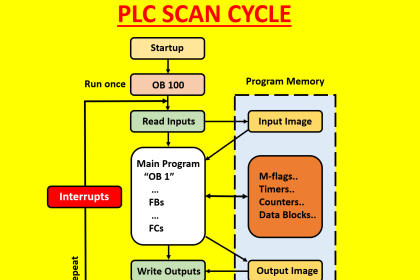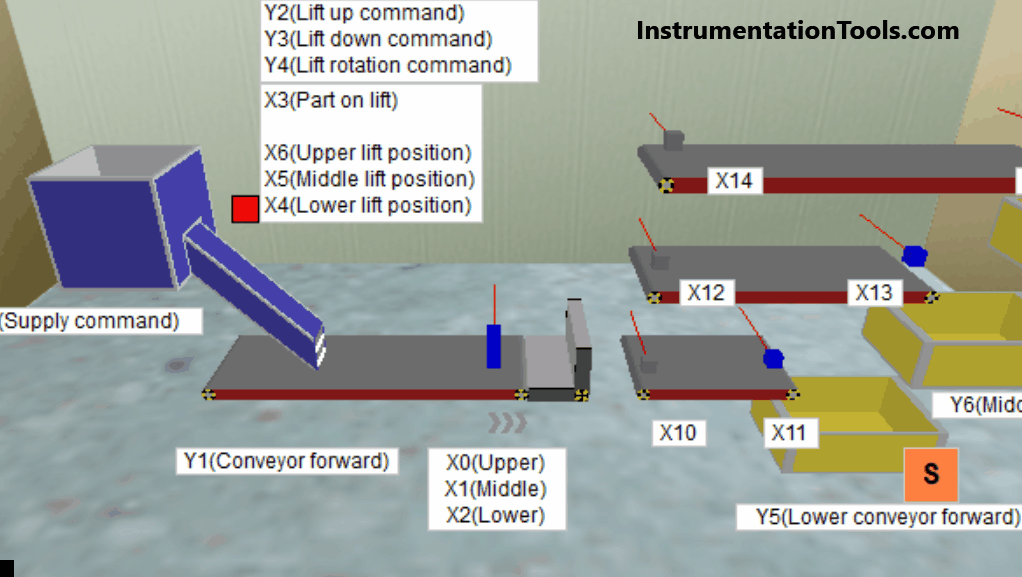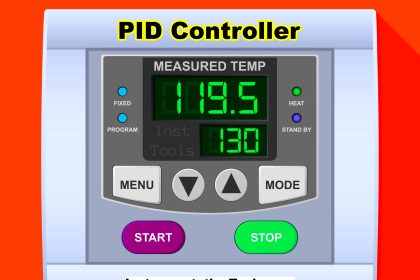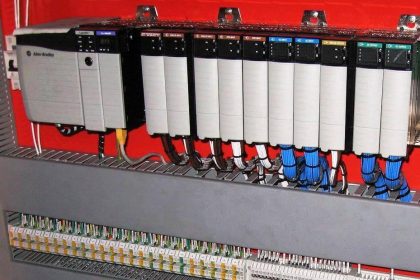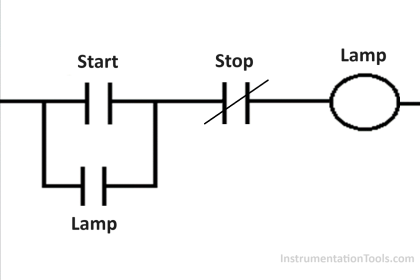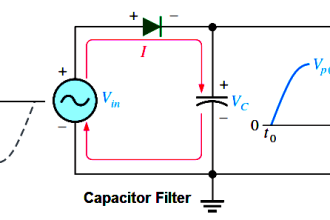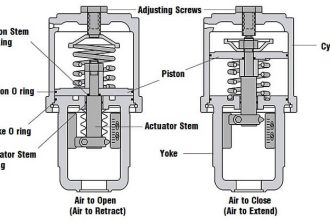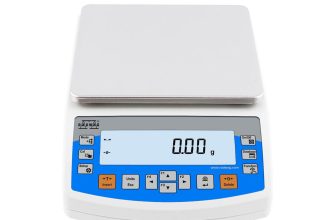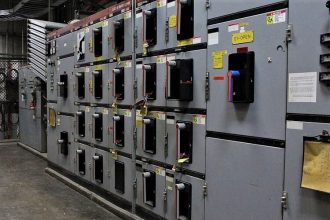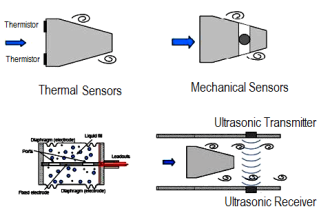Every company or automation business needs to calculate the ROI (return on investment) to understand whether it is functioning properly or not. If it is just investing and not getting any results, that means the company is malfunctioning in its business and is heading towards a big loss.
Industrial Automation Projects
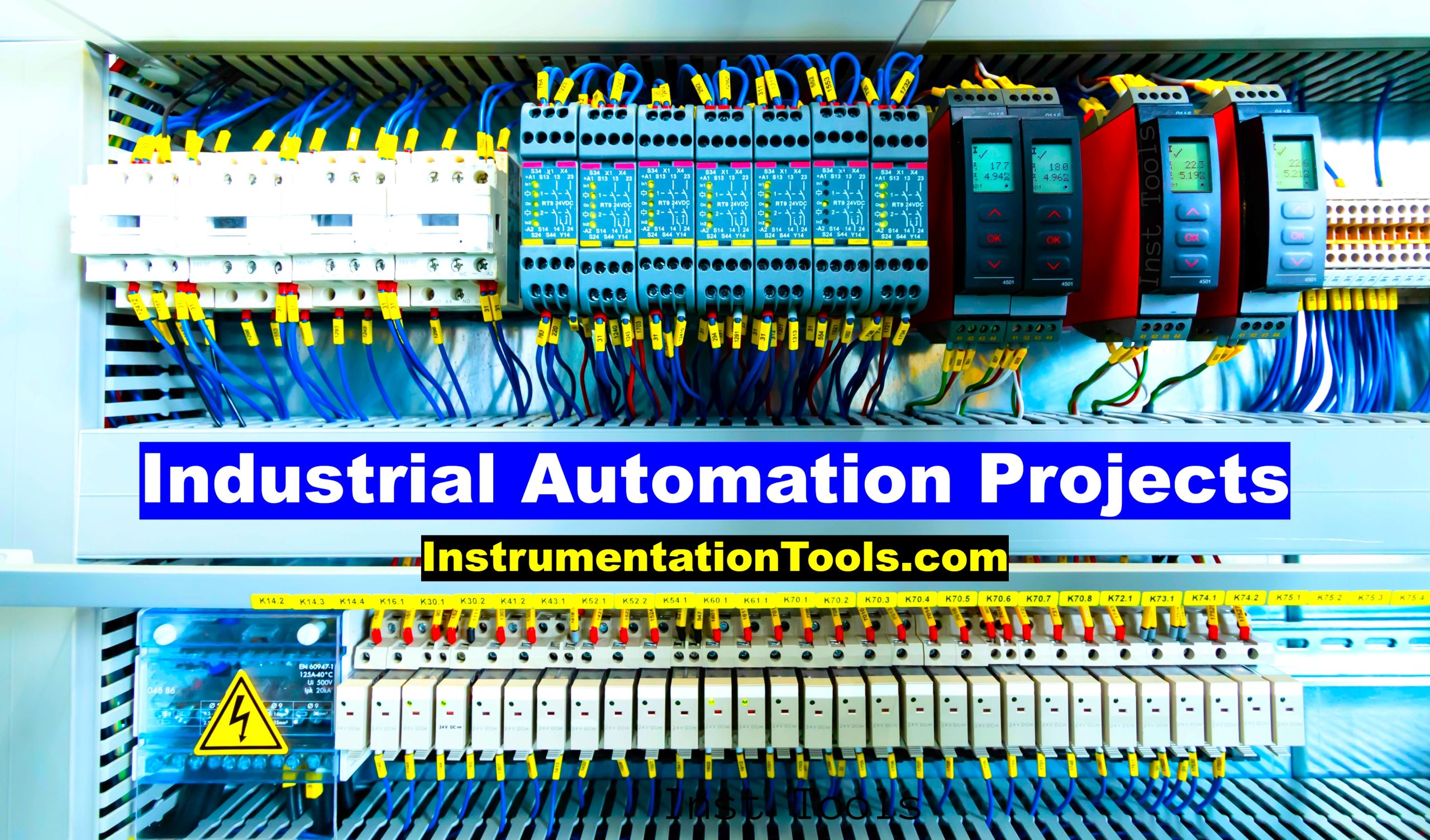
In today’s industrial world, most businesses are heading towards automation, to increase their productivity, and efficiency and reduce their downtime.
Naturally, they will require to invest first of all in installing an automation solution, before concluding anything. Once commissioned and operational, the solution must help in increasing profits day by day and thus, provide a good return on the investment done by the owner.
So, it is necessary to understand the parameters which help in evaluating the ROI of industrial automation.
Evaluating Return on investment (ROI)
In this post, we will how to evaluate the ROI of industrial automation.
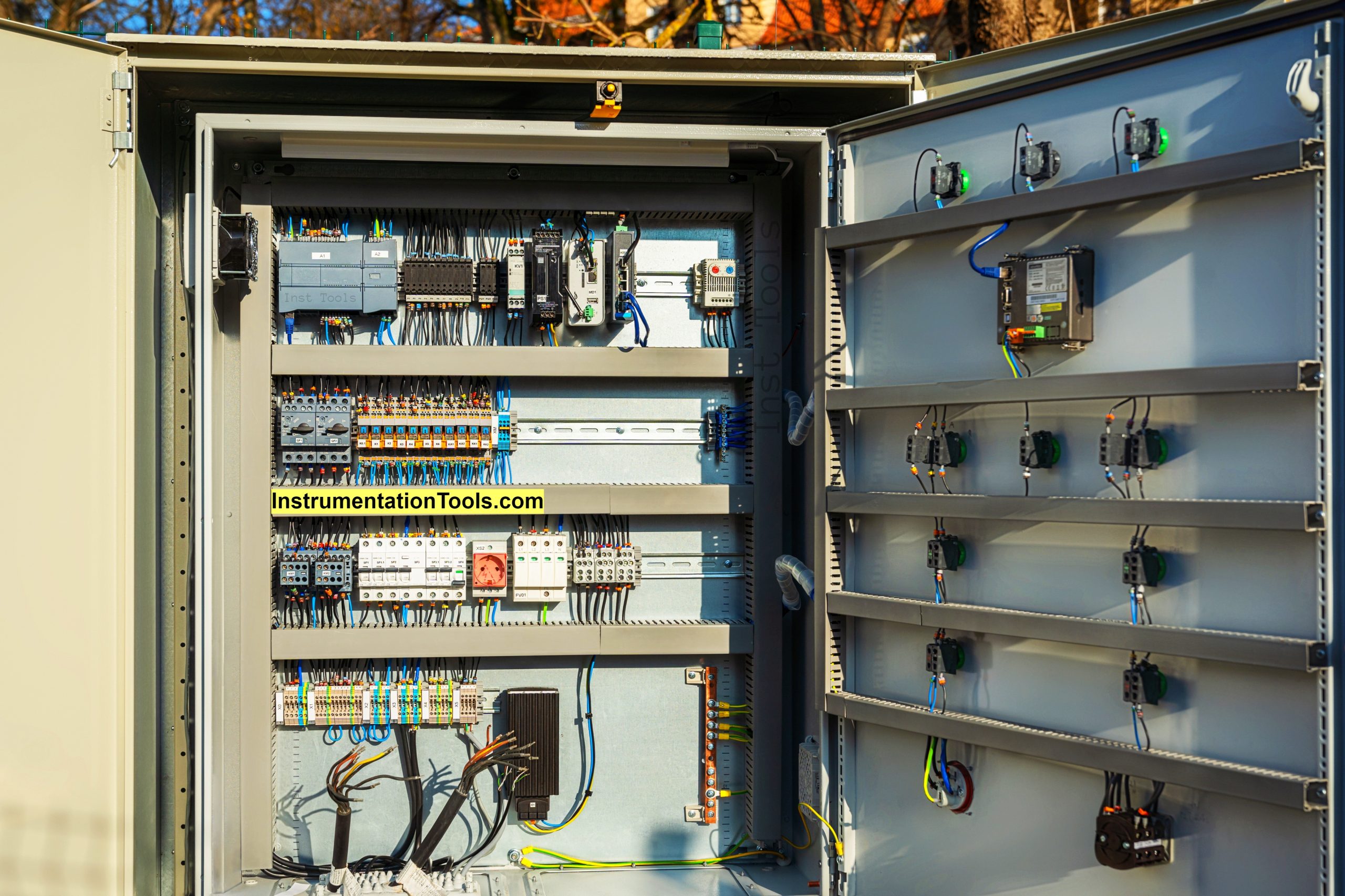
Must Reduce Production Time & Increase Production
One of the main goals of industrial automation is to automate the process in less period of time, and as the time is reduced, the products get manufactured quickly. If you find that once you had very less production due to manual intervention, and now the production has increased double-folds, then it means that your solution is working fine and is making profits.
We agree that profits come with equal risks and investments. If you are investing in automation, then obviously you are paying for more electricity, raw materials, service charges, operators to operate them, etc. Your cost will increase.
But at the same time, if you find that due to these investments, the profit (sale cost – actual cost) has increased due to larger quantities of production, then it is worth investing in it; rather than getting low profits with low risks.
Do not think about costs. Think about what you are getting in return for this cost. Such positive thinking automatically boosts the owner to invest more and earn more, by producing more.
Must Provide Fewer Service Calls for the Owner
Once commissioned, keep a track record of how many times have you called the vendor to troubleshoot some issues and paid them. Unnecessary service calls mean the automation solution has not been designed properly.
Yes, you are making profits; but if you are frequently calling the service provider to solve issues, then you are potentially reducing your profit, which could have been more if there were fewer service calls.
So, to evaluate ROI, keep a record of how many times you have invested in such service calls.
Calculate Labor Cost
As an automation system requires an operator to use it, the total number of operators working on a business matter more.
If you realize that the operators are increasing for only a particular project due to a lack of skills, understanding, or issues in the project, then it is a matter of worry for the owner. So, the total labor cost is an important factor in calculating the ROI.
Calculate Electricity Cost
Once the system has been commissioned, the solution must operate smoothly. Technically speaking, heavy-duty devices like motors draw current based on the load.
More load means more torque and hence, more current drawn. The load current is not a concern, as it depends on the demands. The main concern is a malfunctioning motor. If the motor is faulty and is drawing more current even in normal loads, then it is a waste of electricity. A plant has multiple numbers of motors.
The motor is just an example; if there is such faulty equipment that draws a large amount of current, then after a period of time, you will notice that you are paying some more amount of money just for electricity needs. So, the technical team must constantly monitor energy consumption and understand how it is working, to evaluate ROI.
Spares Inventory
Purchasing spare items is not a bad thing. It protects the business from failing if the working items malfunction suddenly. But, there must be a limit as to how many spare items you are buying.
A failing system will frequently require the purchase of items in the future. If these spare items are bought more every time and it is burning your pocket unnecessarily, then it is time to think about it.
Spares inventory must be properly maintained and not become overshoot, because it will help you protect your finance against unnecessary expenses.
Energy and Utility Consumption
The utility is a must in all processes. It can be steam, water, and air. Everything comes at a cost. Suppose a process requires steam for heating a product for two hours. If the same machine is consuming steam for say three hours, then it means the process is not performing properly.
Extra utility and energy consumption will obviously cost you more. So, you must keep a track of these consumption parameters to evaluate ROI.
Maintenance Cost
There are several types of maintenance costs like scheduled maintenance, unscheduled calls, shutdown, and other routine checks. Frequent maintenance can hamper your production and in short, lower your output. So, calculating maintenance costs is a major factor in evaluating ROI.
In this way, we saw the general parameters which are a must in evaluating the ROI of industrial automation projects.
If you liked this article, then please subscribe to our YouTube Channel for Instrumentation, Electrical, PLC, and SCADA video tutorials.
You can also follow us on Facebook and Twitter to receive daily updates.
Read Next:
- Motor Classic Control Circuits
- How to Design an Effective HMI?
- Managed vs Unmanaged Switch
- Most Common Cyber Attacks
- Modbus Function Commands

